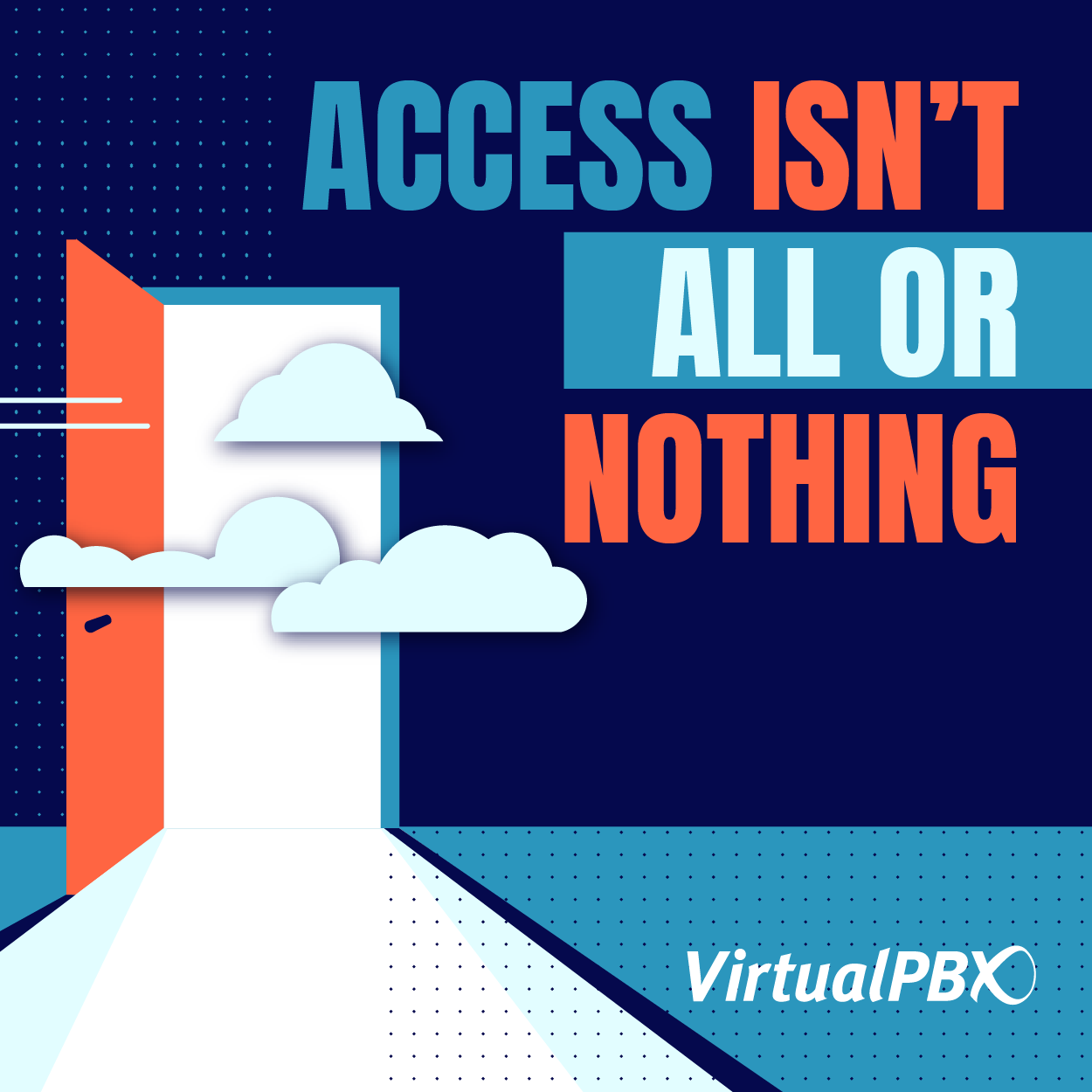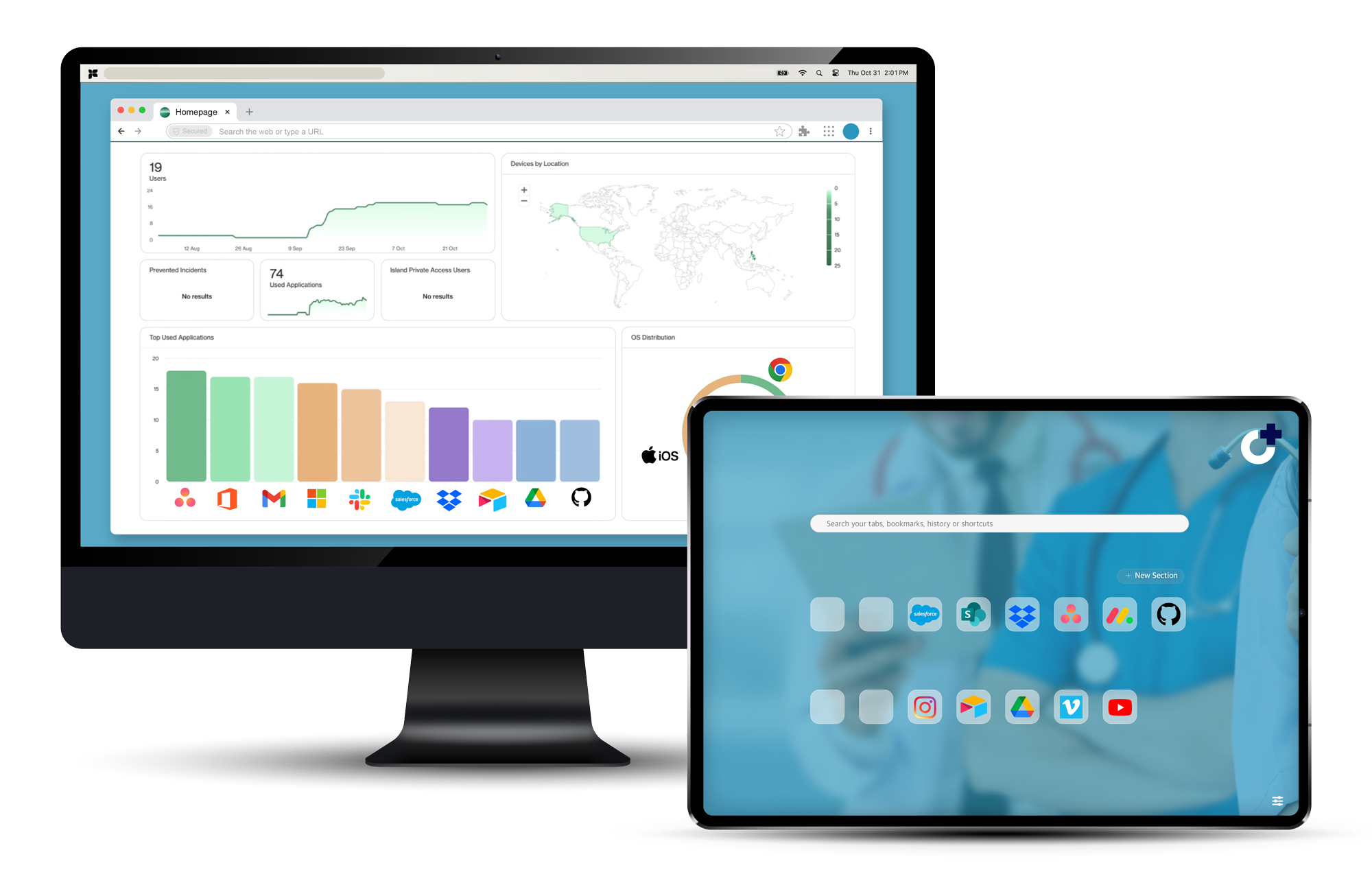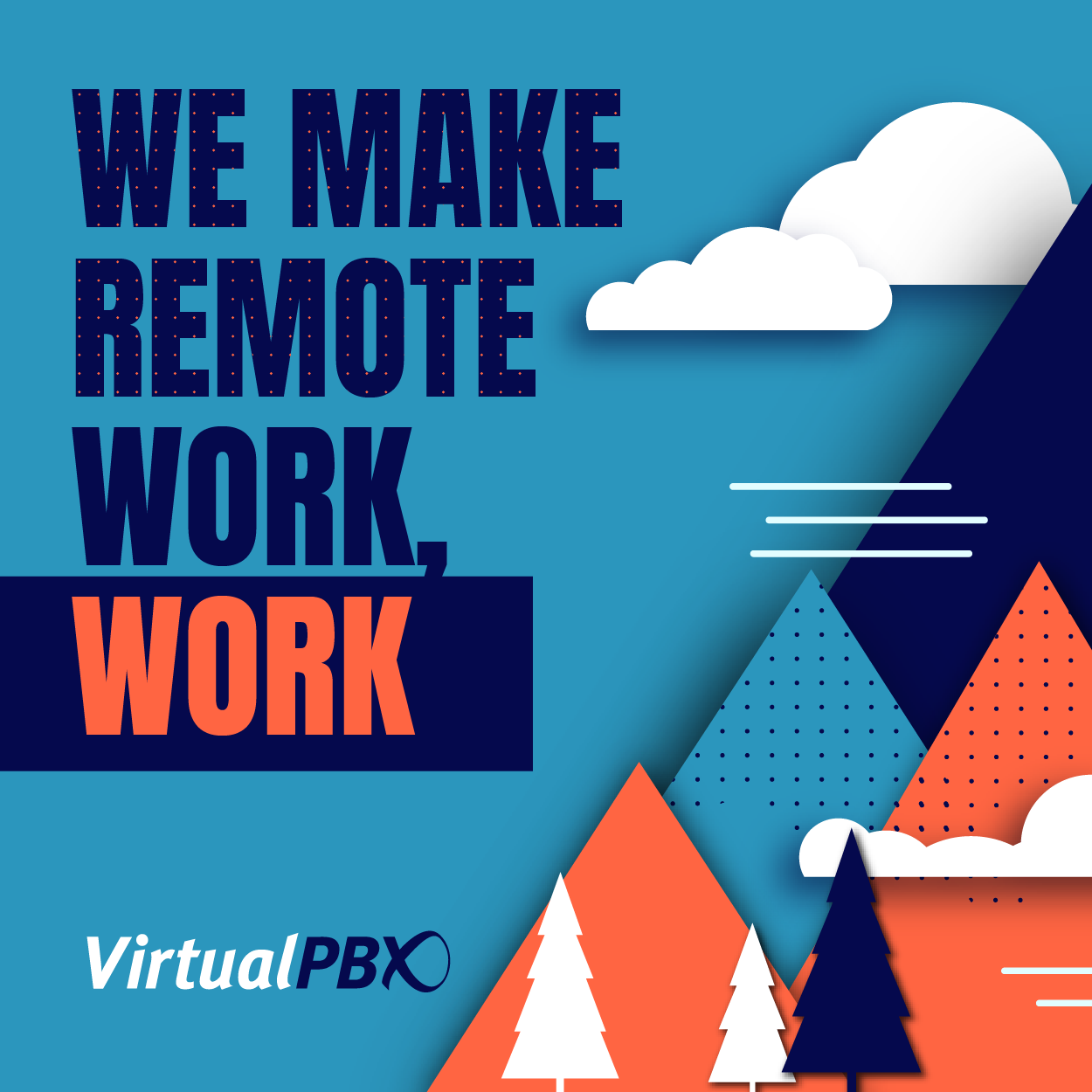Hosted VoIP: Hope or Hype?
Experts Make the Business Case for Hosted IP Telephony
By Tara Seals and Khali Henderson
Once the great hope for re-energizing telecom sales, hosted VoIP has not lived up to adoption expectations thanks in no small part to immature technology, poor service delivery, techno-centric sales approaches and end-user misconceptions. The flagging uptake also might have something to do with a channel that’s been unmotivated to push the service because of its inability to control some of these things, and to understand how it will make money and how it will support hosted IP PBX customers. The business case for hosted VoIP, therefore, must be made not only for the end user, but also for the channel.
“Here’s what I hear from agents and VARs in the field,” notes John Macario, president of research firm Savatar, speaking at the Channel Partners Conference & Expo in Las Vegas last month. “I am not selling hosted because: One, the quality of service stinks; you can’t guarantee me that it’s going to be as good as the TDM products we are using now. Two, I’d have to go on the customer premise to install it, and I don’t have the staff or the skills to do it. Three, how am I supposed to support this stuff?”
In addition to these lingering questions, the challenge for hosted VoIP providers today is getting agents’ mind share when they have so many, more-familiar services to sell, says Michael Coar, vice president of client services for New Global Telecom Inc., also speaking at the Channel Partners Conference & Expo. “It takes a bit to wrap their arms around it and feel comfortable pitching it. Some salespeople have an initial fear. We have to get them over the fear,” he says, noting that could mean co-selling with the service provider to get a few sales behind them.”If one person is successful, the others want to be.”
Results from companies like master agency Concierge Communications, which in five years exceeded $250,000 in installed monthly recurring revenue selling hosted solutions from Telesphere to more than a 100 locations, promise a potentially lucrative model for those channel partners that decide to focus attention on this solution.
Easing this mind-shift for channel partners somewhat is that hosted IP PBX offers, while varying widely, typically are suited to SMBs, which are the sweet spot for channel partners. In addition, analysts characterize the hosted IP PBX market in this segment as strong and growing. According to the Dell’Oro Group, 11 million SMBs are using hosted VoIP in general, with this number expected to grow to 35 million before 2010. In addition, In-Stat says revenue for hosted IP PBX-type services are expected to top $2.1 billion by 2010, up from $476 million last year.
Meanwhile, the addressable market stats also are encouraging: There are 10 million small business telephone systems in the United States with less than 100 lines, according to Gartner Inc., and this segment spends $63 billion worldwide for basic telecommunications. And Forrester Research says that SMBs are 2.5 to three times as interested in managed IP telephony and VoIP services as are enterprises.
target markets
Within the general “SMB” rubric, partners can focus in on certain niches where they are most comfortable. However, to make it work, agents might need to right-size their vendor, says Brian Koles, channel manager at Vocalocity Inc. “SMBs get to be lumped together, but you have to separate the ‘S’ and the ‘M’; because they are two different segments,”; he says. “We encourage VARs to have multiple partnerships to address them; sign up with one company more focused on small businesses, and have a managed service provider partner for the larger deals.”
RingCentral is one provider targeting companies with two to eight seats. “These are the businesses that require a flexible, feature-rich telephony system that is easy to install and fully Web-provisioned,” says Vlad Shmunis, CEO at RingCentral, who calls channel partners “central” to the hosted IP PBX landscape. “The customer can make all configurations, additions and account changes online in our service. And in general, only a hosted IP PBX can integrate voice and Web applications, with features such as multiple extensions, call logs, answering rules, call forwarding to any phone, voice mail to e-mail, call controller and softphone, Outlook integration, call screening and VoIP.” That gives these very small businesses the ability to look much, much larger — an important competitive differentiator.
Mining the microenterprise opportunity also takes acceptance by the channel itself. “This is a different animal than what they’re used to,” Koles says. “The microenterprise has traditionally been ignored and that was because the product didn’t exist for them yet. So they would go into a five-person office to pitch something, find that they’re not willing to pay, and the channel is trained to not waste time, so that went by the wayside. Now with offers like ours it’s time now to readdress this niche point with a product they can actually make money from.” Vocalocity offers a no-maintenance hosted IP PBX that can be set up in minutes and reduces phone bills by 80 percent.
Moving upstream, Frank Grillo, executive vice president of marketing at Cypress Communications, says the next wrinkle for midlevel customer targets is a movement to the virtualized PBX. “One of the newer approaches to PBX replacement is communications as a service or CaaS,” he notes. “Similar in concept to software as a service, CaaS represents the virtualization of the PBX integrated with unified communications functionality.” In the CaaS model, the PBX is located in the IP cloud, and like other hosted models, users outsource the day-to-day management responsibilities and pay for usage, not ownership. “For a midsized enterprise, the lack of capital investment makes all the difference in the world; the enterprise can still enjoy the productivity and efficiency benefits of unified communications without a capex investment,” he says.
Then there’s the in-between opportunity. Bruce Chatterley, president and CEO of Speakeasy Inc., which offers hosted IP PBX through its channel partners, says that when it comes to small businesses with between 50 and 250 seats, partners should especially target those with multiple locations. “They see savings in equipment, maintenance and installation, and long-distance calling,” he says. “They also profit from the use of smart IP features, such as simultaneous ring, remote work, and voice mail to e-mail, which have proven to be extremely popular.”
the pitch
Regardless of customer profile, the features can and should be mapped to business needs.
First things first, make sure you are targeting the right customer. Are they sufficient users of local, long-distance and Internet services to take advantage of the cost savings offered by a converged network? “It’s about finding the right customer where it’s going to resonate –- someone who is spending a good deal on all three services to make it worthwhile [to switch],” says Carrie Gray, director of product management for Verizon, speaking at the Channel Partners Conference & Expo.
It’s also important not to stop at cost savings, says Bob Phelan, president of hosted VoIP provider Vantage Communications, also speaking at the Channel Partners Conference & Expo. He says it’s easy to double a customer’s spend if you are impacting their business “You are not their ‘local, long-distance, Internet save money’ provider. This is actually applications that improve their business,” he says.
It’s also important to avoid the techno speak. “We hear a lot of conversations about SIP, convergence and compression. That’s not what the small business owner wants to hear,” says Phelan. “We work with our channel partners to train them to talk to the small business owner about how hosted VoIP makes you run faster, jump higher and run your business better.”
Bob Riley, product marketing manager for VoIP at Verizon Business, says that market drivers for hosted IP PBX are “closely aligned with core business objectives and a reflection of the changing work environment.” For example, companies are struggling to improve business efficiencies by introducing productivity-enhancing technologies like unified communications, but need to do it on restrictive budgets and, in some cases, limited technical competencies. “We also see the composition of business is changing, where larger percentages of employees are working at home or are truly mobile,” he says. “This has been enabled by the proliferation of communications devices and methods available to extend business resources beyond traditional physical boundaries.”
Gray says there is no substitute for a one-on-one conversation and that sales success is in finding a unique application for the customer. “It’s about evolving the use of the telephone system. It’s no longer just a place to connect for voice to voice. It’s about applications that you layer on top of that. It can come in the form of a hosted solution or it can come with IP trunking and a PBX or a key system.”
That, she says, is one reason why adoption rates for hosted services are not matching initial hype. “If you look at our base within Verizon, only about 25 percent is hosted (IP or TDM),” she says, noting that some customers still like to have the PBX in house — be it for financial reasons (depreciation), control or footprint (single site).
Which leads to an important point for channel partners: Hosted IP PBX is a good tool, but it’s not the only one. It’s important also to consider each customer’s specific business model when pitching a solution. “If a business is looking to upgrade their phone equipment as well as purchase a new phone service, VoIP is a great option for them. If they already have an existing PBX system and do not wish to purchase new equipment, a basic premise-based system may be the better solution for them,” Chatterly says.
Verizon’s Gray says it’s important for agents also to be able to talk to clients about phasing in VoIP. The conversation goes like this, she says: “Let’s first take that old analog system and provide you with Internet access. Let’s get you the savings with unlimited local, long-distance and Internet. Then, as that system start to depreciate, you can talk about swapping that out for an IP system or a hosted solution.”
To smoothly migrate from legacy voice systems to hosted IP PBX, there are technical requirements to consider, such as integration with existing premises-based equipment, like proprietary voice mail systems, says Verizon Business’ Riley. And, there is an increasing need for mobile and remote communication, wireless mobility within and outside the office, local site survivability and disaster recovery, and a demand for more CPE choices. So, partners will need to source IP phones from manufacturers like Polycom Inc., Cisco Systems Inc., Mitel and so on, and be able to differentiate between the options for their clients. In fact, Riley says SMB customers are demanding turnkey solutions, including user-specific IP phone configurations, and router and switch configuration and installation.
installation and support
For agents that find these considerations intimidating, service providers are offering resources to handle them either in the form of sales engineering support or complete project management. Phelan says his channel program was built on the assumption that no agents have these skills to do the installations.
In Speakeasy’s case, an implementation engineer works with customers to get the device online, and any advanced call routing or special configurations are planned for. Verizon also offers sales engineers to support its agents.
Gray adds that not having technical staff should not be an obstacle for agents when it comes to help desk support, either. Instead, she says, it’s an opportunity to sell support — whether that’s through the service provider or a third party — for an additional commission. More technical VARs that can handle some of these services themselves also can make money providing the services directly.
Agents reluctant to turn customers over to someone else might want to check out the vendor’s track record. Telesphere, for example, boasts 85 percent first-call resolution to customer calls to its Tier 1 tech support center.
NGT’s Coar says that a key to keeping support calls down is to have a well-architected system. “People who skimp on the install to get the customer up and running pay the price on the back end with customer support calls,” he says.
Customers who have heard the tales about poor quality VoIP systems are likely to raise objections. “The quality of the voice call was an obstacle to adoption in 2006 and 2007,” says Chatterley. “Providers should provide QoS, and customers should look for providers with reliable broadband and a network optimized for voice and data.”
Verizon’s Gray says it’s important for partners to spend time helping customers understand the technology is only as good as its weakest link. Bringing your own broadband or access options without quality of service SLAs can compromise the overall performance, she explains.
Coar explains that on the customer premises, most LANs were installed by a friend or relative, or even if they it was done by an IT manager, the environment is not up to the standards needed for VoIP. Getting the wrong information up front can cause delays in installation and add costs. An accurate assessment up-front is key to a successful implementation. For these reasons, Phelan says Vantage, which focuses on SMBs, assumes that all customer networks are insufficient for VoIP and goes in to assess and fix the problems before installation.
Demo kits can go a long way to overcoming QoS objections, she adds. “I think people want to feel and touch and see it,” she says. “If you can bring the demo kit you there, they can see the quality and all the other cool things they can do with it.
Phelan cautions partners not to go overboard with the demo. Clients tend to be dazzled by all the features, demonstrating them all won’t make the business case. “A shorter demo will show the things that will help them like the attendant console. Show them how they can manage it simply and show them how it works for their business,” he says. “Then, you are ready for the next conversation [about purchasing it.]”
As channel partners learn how to consider, position and pitch hosted IP PBX for their potential and existing customers, the market will continue to grow. “Adoption will continue as more businesses become aware of product and its value,” says Chatterley, who estimates more than 50 percent projected growth in revenue for fiscal year 2009. “The cost savings and productivity enhancements will continue to be drivers especially in a tight, cost-sensitive economy. Increases in the home or residential market also will drive acceptance and adoption within the business community and more established brands will bring products to market.”
Verizon Business’s Riley sees growth with more competitors and choices in the market coming along in the next 18 months or so, along with more features and functionality, “thus driving towards parity with premises-based alternatives, more unified communications capabilities, greater CPE choices for IP phones, media gateways and other premises-based CPE, and further convergence with wireless service [for] fixed mobile convergence.”
Phelan agrees. “This market is not going to stand still… We are going to keep adding things that small businesses use like integration to salesforce.com and click-to-dial with inbound screen pops. … There is absolutely higher revenue from that customer.”
Shmunis puts it succinctly: “Hosted IP PBX is here to stay; better join up now.”
Hosted PBX, Hold the IP
By Tara Seals
Use of the terminology “hosted PBX” is causing confusion in the marketplace over what’s VoIP and what’s not. “The hosted PBX market can be cut several different ways,” explains Greg Brashier, vice president of marketing for Virtual PBX, which offers a standard hosted PBX rather than an exclusively VoIP-based solution.
“On the basis of technology and deliverables, the easiest split is between standard hosted PBX providers using any kind of phone line, including PSTN, cellular, VoIP, etc., and the hosted IP PBX, which is almost exclusively VoIP.”
Brashier says a standard hosted PBX allows the flexibility of getting calls to any kind of phone in any location. “We have clients with land lines, cell phones, satellite phones, sea phones and VoIP,” he says. “This gives advantages in feature set and reliability, although it depends on the provider.” He says many hosted PBX vendors don’t use their own systems for their own companies’ communications needs because their versions of the technology aren’t capable enough. For example, most don’t include ACD queues, which get callers to departments such as sales or customer service, in addition to individual extensions. In general, however, he says hosted PBX has an advantage over IP versions because calls over PSTN lines remain more reliable and of higher quality than calls over the Internet.
Brashier says the primary driver for standard hosted PBX offers is distributed workforces. Sometimes the employees are fully distributed, working from home offices and cell phones, while in other cases there are multiple branch offices. Either way, he says hardware-based PBX technology cannot deliver calls to these locations cost-effectively, so for these companies some type of hosted PBX almost is mandatory. However, he adds, to enable calls to follow to any kind of phone, standard PSTN-based hosted PBX works better. And, for companies with teleworkers, getting a hosted IP PBX to work inside employees’ homes can be problematic. There usually are questions about bandwidth, security, firewalls, reliability, etc., that typical home users can’t handle, Brashier says.
Reprinted with permission from Phone+







